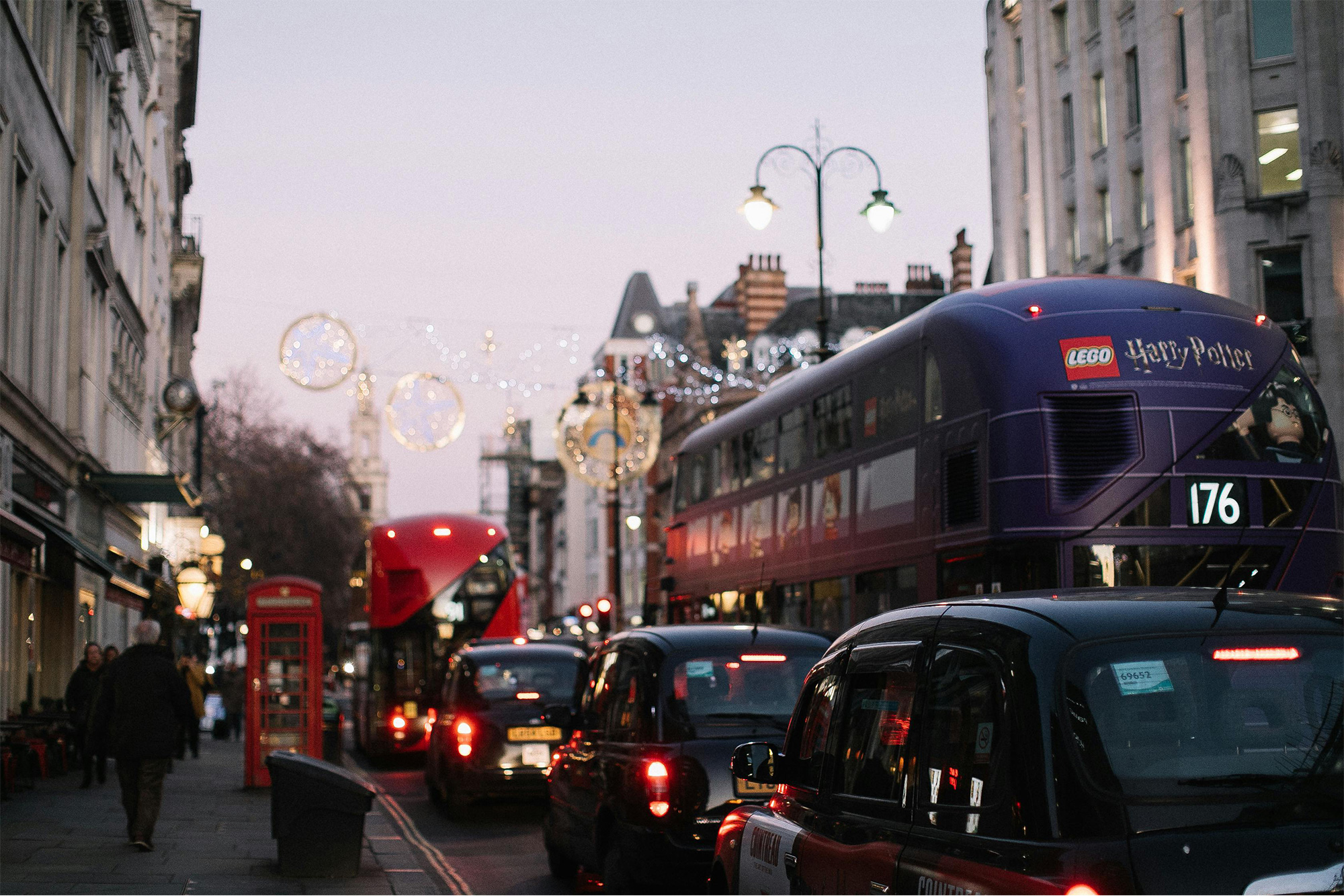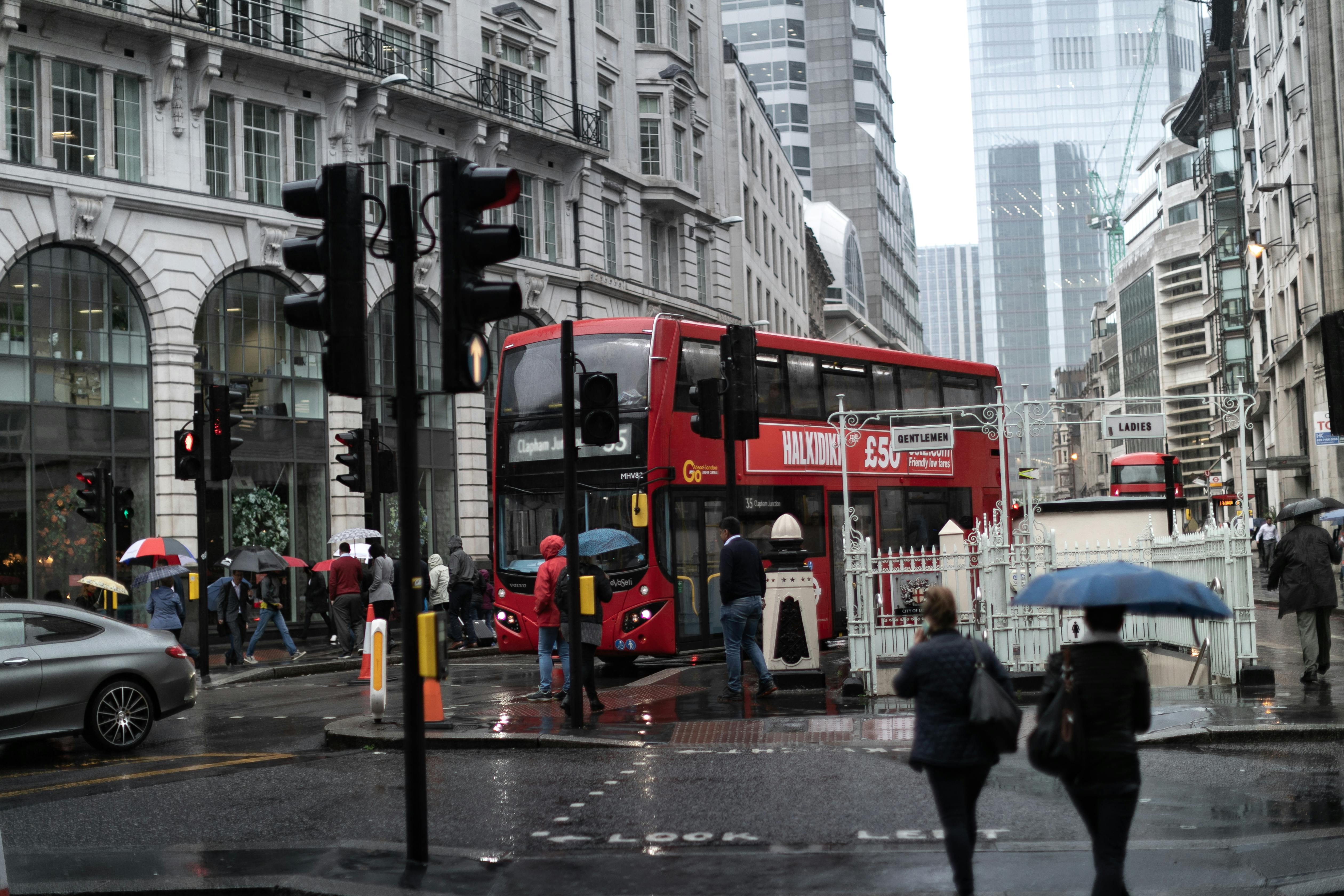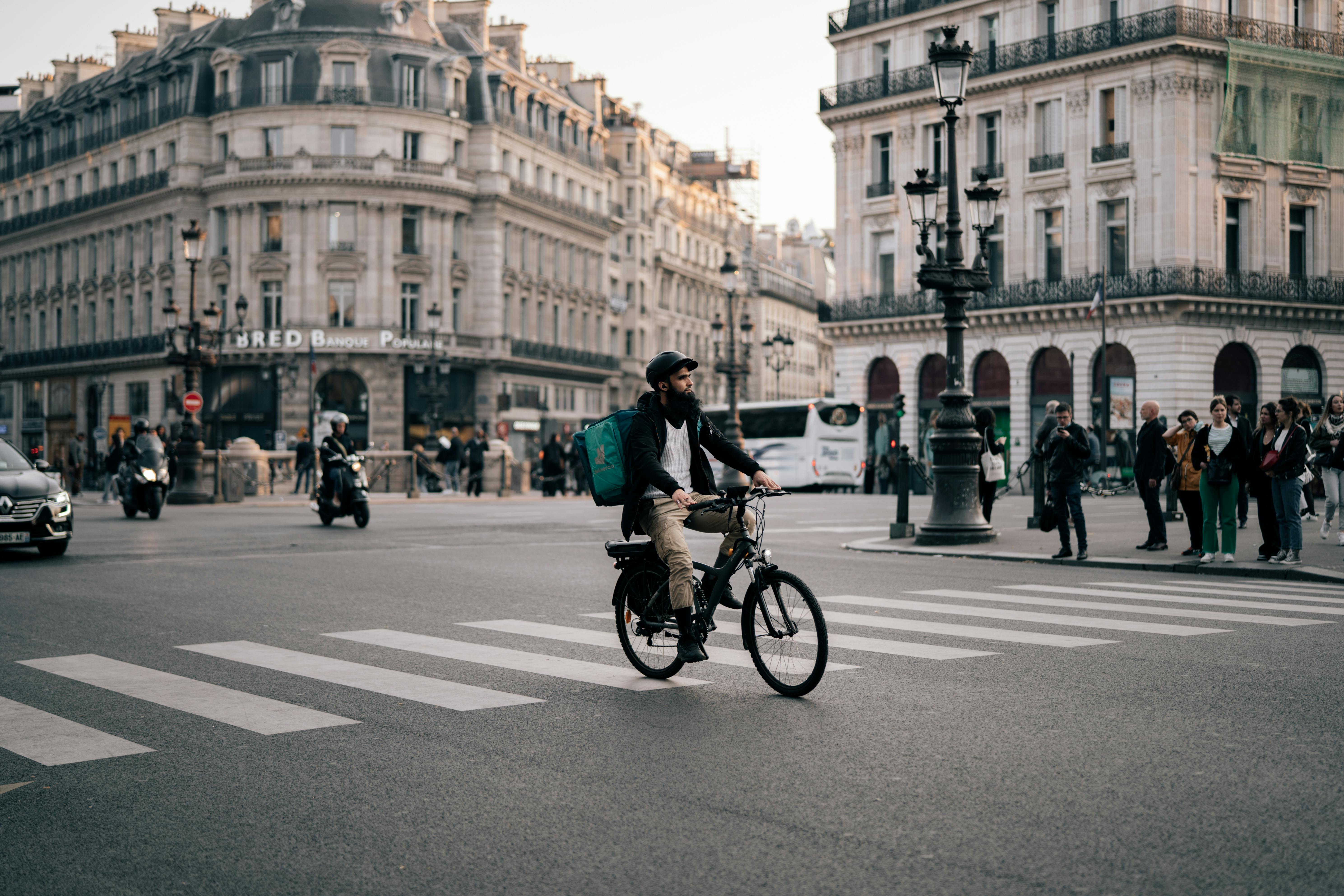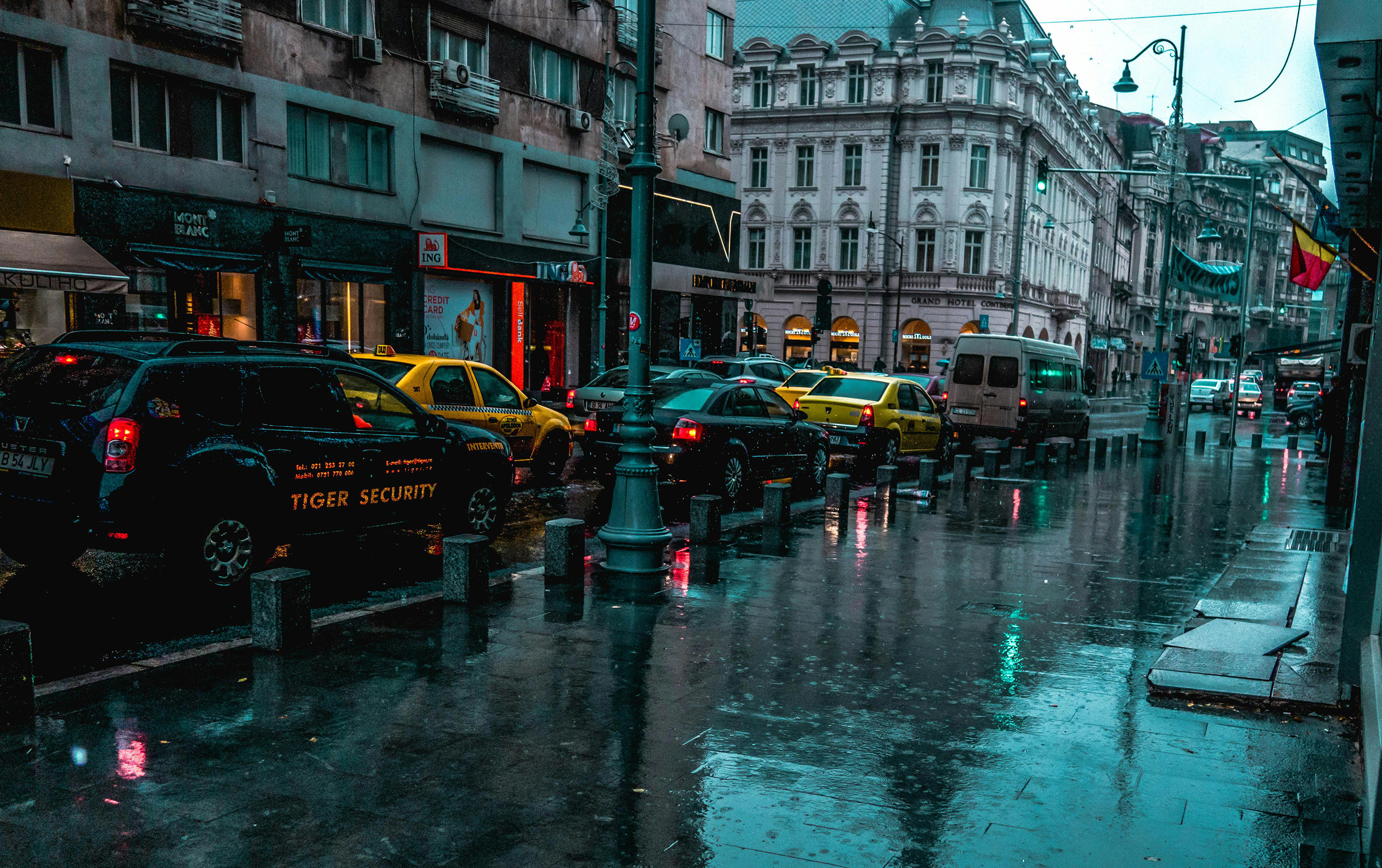Recent statistics reveal that over 60% of Londoners now rely on delivery services for everything from groceries to fashion, with an astounding 4.2 million packages delivered daily across the capital. While these figures showcase the convenience of modern living, they also raise questions about the true impact of delivery services on the availability of goods and services in Greater London.
The Changing Face of the High Street
Gone are the days when a trip to the high street was the norm for every purchase. Local shops, once the backbone of neighbourhoods, now find themselves competing against the allure of next-day delivery and the expansive online catalogues of giants like Amazon, Deliveroo, and Uber Eats. Walk through areas like Camden or Brixton, and you'll notice the once vibrant streets lined with empty shopfronts and “To Let” signs—a stark reminder of the toll this shift is taking on local businesses.
For many small business owners, adapting to this change has become a matter of survival. Take Yasmin, a florist from Hackney, who’s seen her weekly walk-ins halve over the past three years. “People don’t realise how much they’re missing,” she says. “You can’t smell the flowers online. You can’t get advice on what blooms last the longest in your living room.” Yasmin’s storey is echoed by countless other independent retailers who feel squeezed by the convenience culture that delivery services promote.
The Hidden Costs of Click-and-Collect Convenience
Delivery services undeniably offer a level of accessibility that would have been unthinkable a decade ago. From vegan meals to vintage vinyl, there’s barely anything that can’t be delivered to your door within hours. For those with mobility issues, busy parents, or anyone juggling hectic schedules, the convenience is a lifeline.
But while delivery services have broadened access to a plethora of products, they’ve also created a dependency that skews our perception of availability. The familiar sight of delivery riders zigzagging through London’s traffic is now as much a part of the cityscape as double-decker buses. These riders, often working on tight deadlines and precarious contracts, represent the unseen side of the convenience we’ve come to expect. Many are Londoners themselves, navigating the city’s relentless pace just to make ends meet. Their everyday struggles—long hours, low pay, and little job security—are the invisible costs that make our quick deliveries possible.
Moreover, our growing reliance on quick fixes has broader implications for the high street. Areas like Walthamstow, once buzzing with local trade, now face challenges as footfall declines, replaced by the steady stream of delivery vans that clog residential streets and contribute to congestion. The promise of “next-day” has reshaped not just our shopping habits but the very character of our neighbourhoods.
Local Heroes and Sustainable Solutions
Despite the challenges, there’s a growing movement encouraging Londoners to think twice about how and where they shop. Initiatives such as “Shop Local, Deliver Sustainably” and campaigns like the “Brixton Without Amazon” movement are gaining traction, urging consumers to support businesses that prioritise community and eco-friendly practises. In Shoreditch, some local companies have embraced green delivery methods, using cargo bikes to reduce their carbon footprint while maintaining a competitive edge. London is seeing a rise in zero-emission delivery services, like Pedal Me, which offer a greener alternative to traditional van deliveries and a chance for local businesses to stay relevant.
The real power, however, lies with consumers. By making conscious choices—like opting for slower delivery options, supporting local businesses, or simply taking the time to visit a shop in person—we can help reshape the market to better reflect our values. As Yasmin puts it, “We’re not just selling products; we’re part of the community. And that’s something no delivery app can replace.”
Ultimately, delivery services are here to stay, but it’s up to us to ensure they don’t completely redefine our shopping habits to the detriment of our communities and local economies. Next time you’re tempted by the ease of ordering in, consider whether you could get what you need just around the corner instead—and enjoy the journey that comes with it.









